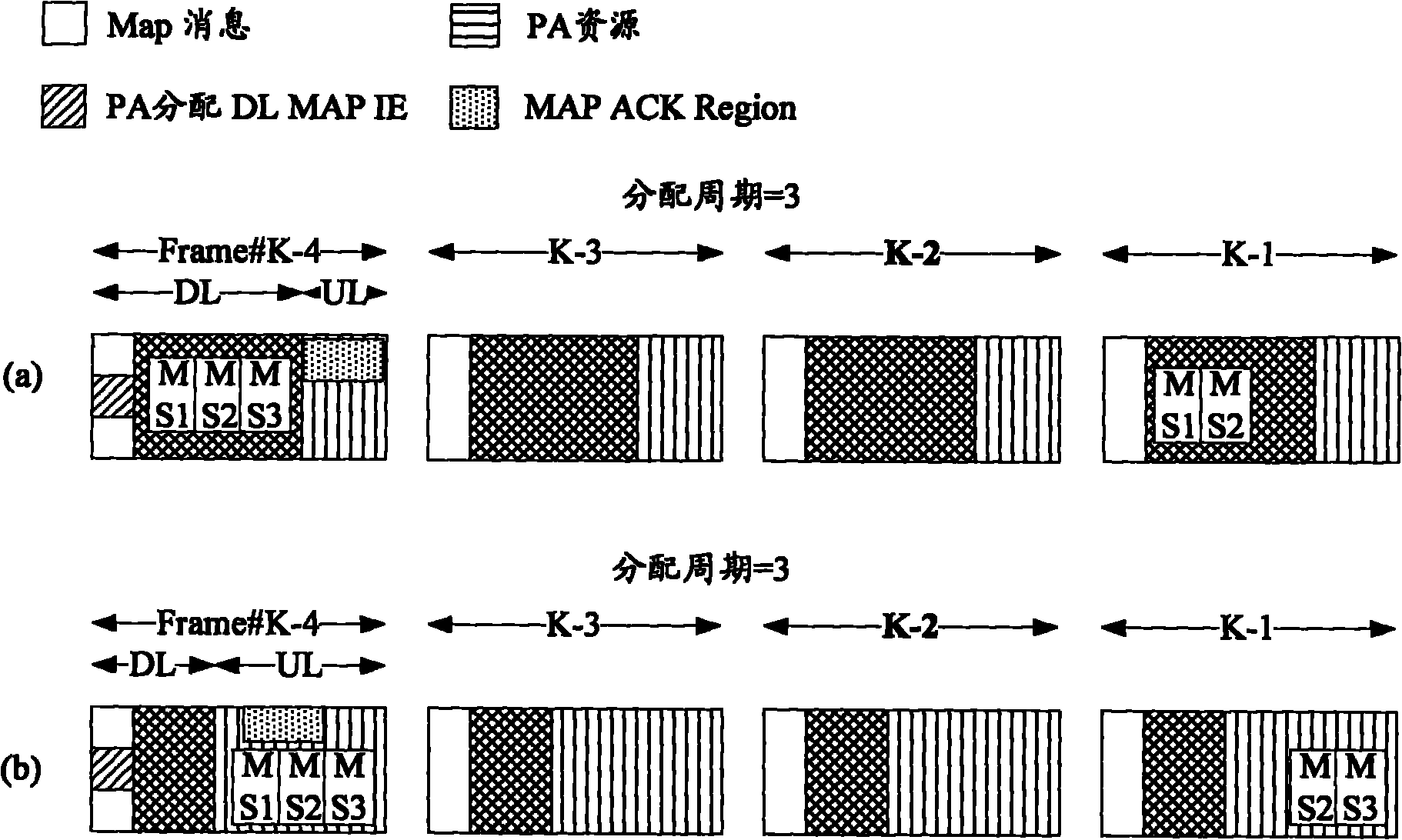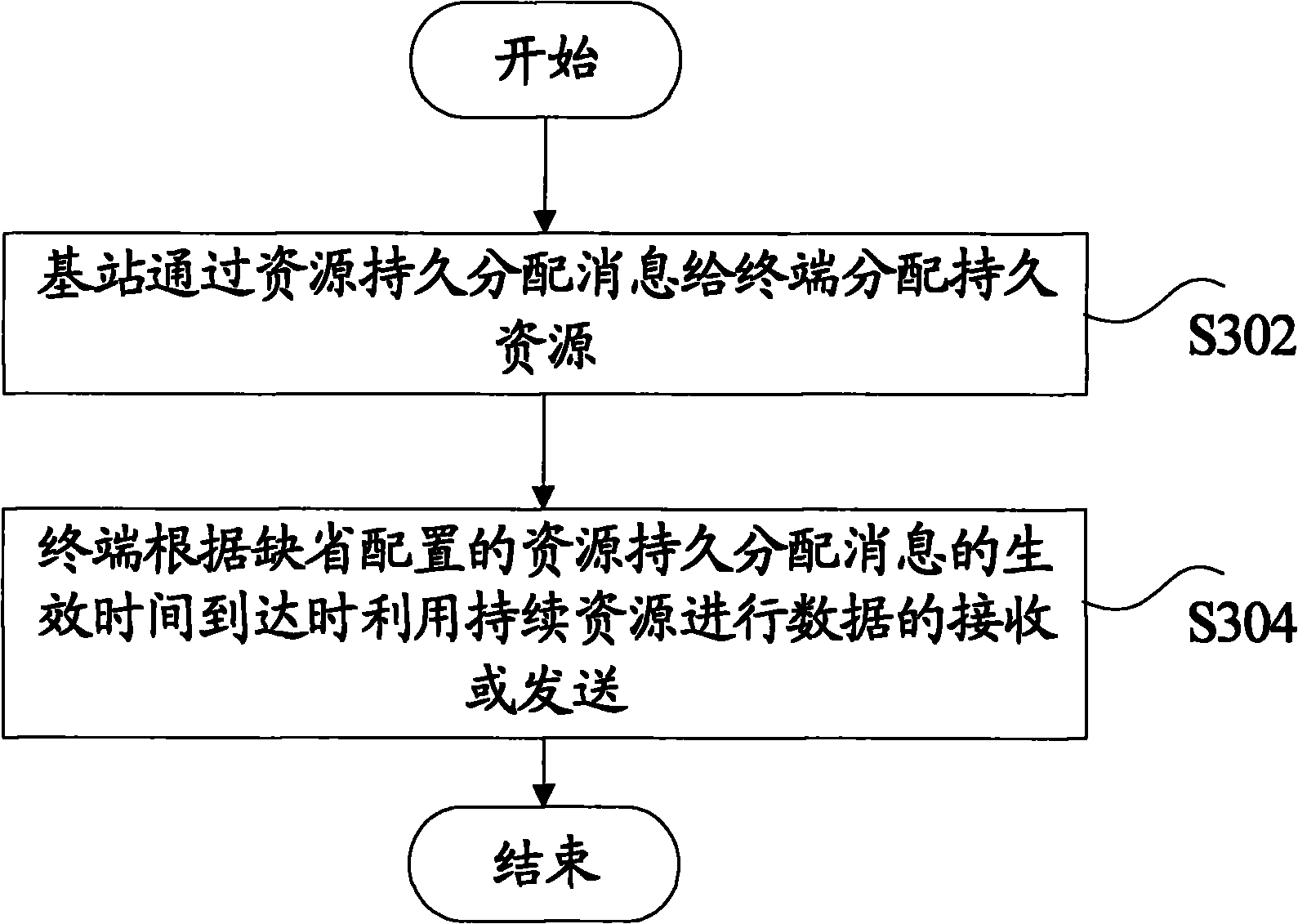Processing method, terminal and base station of persistent resource
A processing method and persistent technology, applied in the field of communication, which can solve problems such as errors and data loss, and achieve the effect of reducing data loss, reduction or errors
- Summary
- Abstract
- Description
- Claims
- Application Information
AI Technical Summary
Problems solved by technology
Method used
Image
Examples
Embodiment 1
[0048] It should be noted that the steps shown in the flowcharts of the accompanying drawings may be performed in a computer system, such as a set of computer-executable instructions, and that although a logical order is shown in the flowcharts, in some cases, The steps shown or described may be performed in an order different than here.
[0049] An embodiment of the present invention provides a persistent resource processing method, Figure 10 is a flowchart of a persistent resource processing method according to an embodiment of the present invention, such as Figure 10 As shown, the process includes the following steps S102 to S104:
[0050] In step S102, the terminal receives a persistent resource allocation message from the base station, wherein the persistent resource allocation message is used to instruct the base station to pre-allocate or de-allocate persistent resources to the terminal.
[0051] Step S104, if the terminal receives the resource persistent allocation...
Embodiment 2
[0071] exist Figure 4 In the time division duplex system shown in (b), the base station allocates uplink persistent resources to the terminals MS1, MS2, and MS3 through PAA-MAP in frame k, and the base station delays the use of the persistent resources allocated for the above terminals, assuming the standard default time is 1 frame, the uplink persistent resource allocated by frame k takes effect in frame (k+1), if the base station receives the information of successfully receiving PA A-MAP fed back by MS2 and MS3 on the uplink feedback channel in frame k, If the information of successfully receiving the PAA-MAP fed back by MS1 is not obtained, the base station may consider that MS1 has not successfully received the PAA-MAP information, and only reserve the uplink persistent resources allocated for MS2 and MS3 in frame (k+1). The uplink persistent resources pre-allocated to MS1 can be allocated to other terminals.
[0072]In the above process, subframe or superframe may also...
Embodiment 3
[0083] Image 6 is a schematic diagram of delayed use of resources when a terminal receives persistent allocation of downlink or uplink resources according to an embodiment of the present invention. Image 6 In the time division duplex system shown in (a), the base station allocates downlink persistent resources to the terminals MS1, MS2, and MS3 through the control message PA A-MAP in frame k, and the base station delays using the persistent resources allocated for the above terminals. Assuming PA The effective time field in A-MAP indicates that the persistent resources allocated for this frame will take effect after 2 frames, and the downlink persistent resources allocated by frame k will take effect in frame (k+3). If the uplink feedback from the base station in frame k channel (the feedback channel can also be located on other subsequent frames) to receive the information of successfully receiving PAA-MAP fed back by MS1 and MS2, but not to receive the information of succe...
PUM
 Login to View More
Login to View More Abstract
Description
Claims
Application Information
 Login to View More
Login to View More - R&D
- Intellectual Property
- Life Sciences
- Materials
- Tech Scout
- Unparalleled Data Quality
- Higher Quality Content
- 60% Fewer Hallucinations
Browse by: Latest US Patents, China's latest patents, Technical Efficacy Thesaurus, Application Domain, Technology Topic, Popular Technical Reports.
© 2025 PatSnap. All rights reserved.Legal|Privacy policy|Modern Slavery Act Transparency Statement|Sitemap|About US| Contact US: help@patsnap.com



